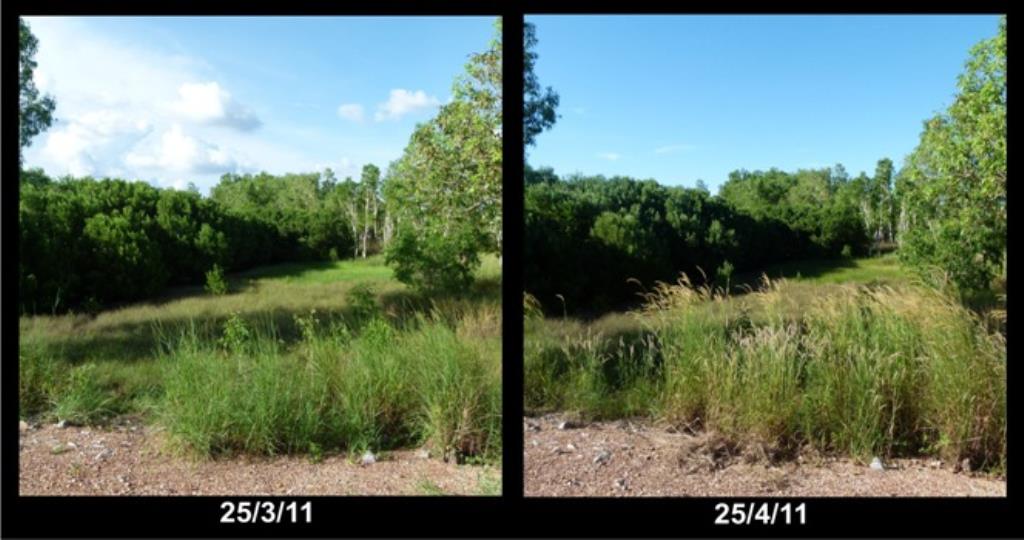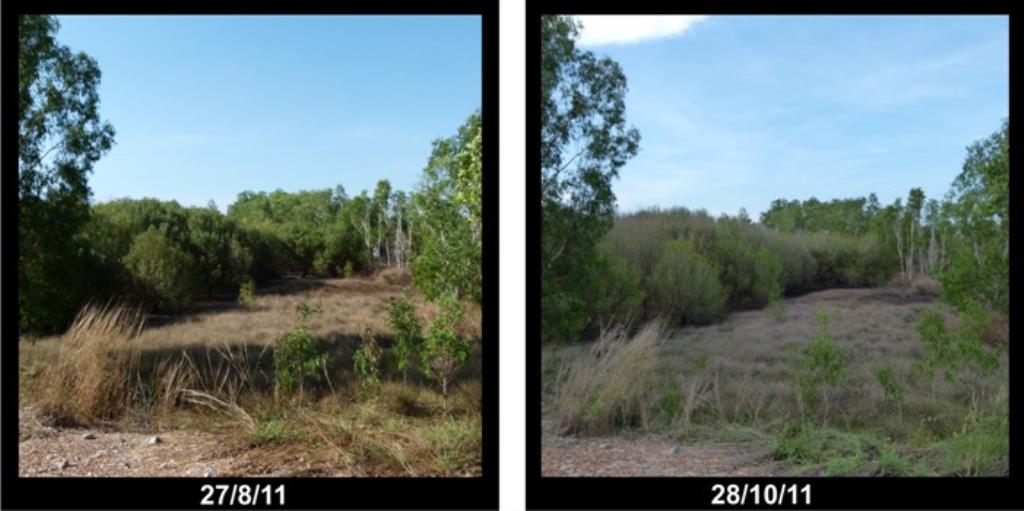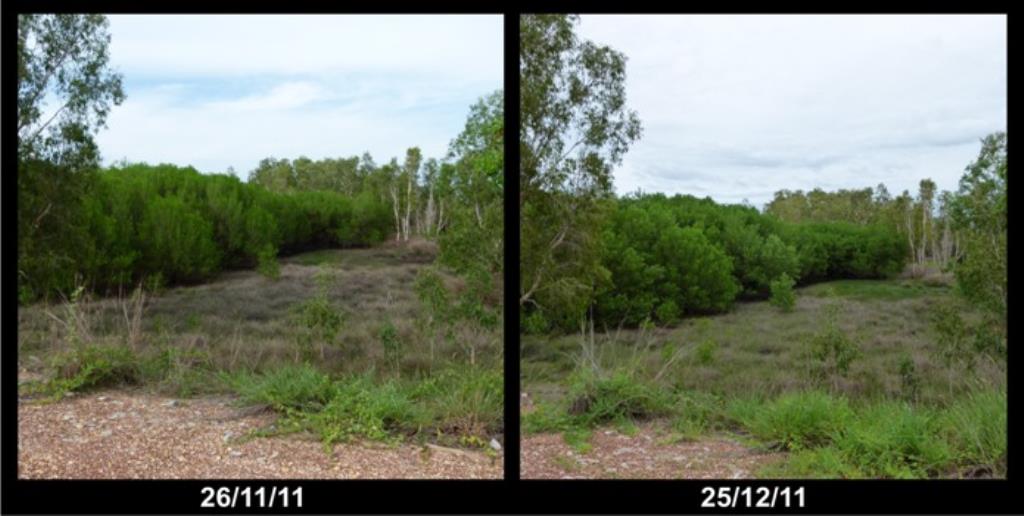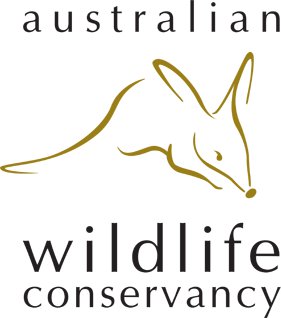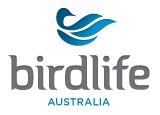Top End Weather and Seasons
....and some cultural backgound information
Two Seasons?
The four seasons Summer, Autumn, Winter and Spring are not relevant in the Top End. To Non-Aboriginal (Balanda) people usually only two seasons are referred to - the Wet (November to April) and the Dry (May to October), with an acknowledgement of the 'Build-Up' which is late dry early wet. And if you are a fisherman there is the 'Run-Off'.
Six Seasons!
Aboriginal people (Bininj) have lived outdoors for thousands of years and harmonize their lives with seasonal movements. They didn't use the Gregorian calendar to mark the start of a new season, they observed the flowering and fruiting of plants and linked their foraging and hunting activities to these. For example, when the Darwin Woolybutt (Eucalyptus miniata) flowers (May) that is the time to begin early dry season burning to clean up the dead grass after the wet. They knew the best time to do this earlier rather than later in the dry, while the land still retained moisture and fires would be less intense. This is one example of many of the 'Calendar Plants' that told Aboriginal people the season they were in and reminded them of important activities that would be associated with that season.
Gun-djeihmi (traditional owners of the region in the vicinity of the South Alligator River around Cooinda in Kakadu) people recognized six different seasons. Below is a series of photos I took throughout 2011 of the exact same location. The photos were all taken between 4 and 5pm on the dates shown. The habitat is an ecotone strip between mangroves and savannah woodland in Darwin. The differences in the land and sky can be noticed as you compare the photos for each season.
Banggarreng
Banggerreng (Bung-ger-reng) - late March to late April. Floodwaters recede. Most plants are fruiting and animals caring for their young. Spear grass quickly dries out and yellows. Violent, windy storms flatten the spear grass - 'knock-em-down' storms.Dragonflies herald the coming dry season. As floodwaters drop, Bamurru (Magpie Geese) nest in the reeds.
Yegge and Wurrgeng
Wurrgeng (Woor-e-geng) - early June to mid August 'Cold weather' time. Humidity low. Day temperature around 30˚C and night around 17˚. Most creeks stop flowing and floodplains dry out. Burning continues, extinguished by the dew at night. Black Kites patrol the fire lines as insects and small animals try to escape the flames. Magpie Geese crowd the shrinking billabongs.
Gurrung and Gunumeleng
Gurrung (pronounced Goo-roong) - mid August to early October. Hot and Dry. Still 'goose time', also time for Bininj* to hunt File Snakes and Long-necked Turtles.
Gunumeleng (Goo-noo-mel-eng) early October to late December. Hot, becoming more humid. Thunderstorms and scattered showers bring a tinge of green to the land. Waterbirds disperse as water and new growth becomes more widespread. Bininj* moved camp to stone country to shelter from violent storms of the coming wet season.
Gunumeleng can also bring fires, started from lightning strikes on floodplains or in woodlands. The pre-monsoon season is a burst of rapid growth, energy production which results in nutrient storage for all life forms. It is the transition from Gurung to Gudjeug. Ripening of the little green plums called Anduwitjmi tells Bininj that the pre-monsoon is starting.
Gudjeuk
Note: Australia is not made up of One Aboriginal Culture
There were about 250 languages spoken in the whole of Australia and in the Kakadu region alone, 12 languages. Each language is spoken by a nation of people with their own distinct customs and laws. Languages still actively spoken in the Kakadu area are Gun-djehmi, Kun-winjku and Jawoyn.
*Bininj (Bin-ning) means people in Gun-djehmi and Kun-winjku languages and is the term used to refer to themselves. White people are called 'Balanda' which is a corruption of 'Hollander', the first white skinned visitors to the northern coast of Australia.
On the subject of language... here is a
Kakadu Pronunciation guide
Anbangbang (Arn-barng-barng) Billabong, Anbangbang is the name for the lower section of Nourlangie rock and surrounding area
Bowali (Bor-warl-ee) Visitor Centre, named after the Bowali Creek which flows nearby, the centre contains a wealth of information about Kakadu. Park staff are available to provide information to you. Videos, displays and a library are also available to assist you in planning your visit. Opens 8.00am to 5.00pm
Bininj (Bin-ning) means people in Gun-djehmi and Kun-winjku languages
Burrunggui (Boor-oon-goy) is the Gun-djeihmi name for the upper section of Nourlangie Rock
Gun-djeihmi (Goon-jayk-mee) One of the twelve original languages spoken in the Kakadu area
Guluyambi (Gooloo-yarmbee) Kunwinjku word for paperbark raft, also business owned by traditional land owners on the East Alligator River near Ubirr Guluyambi Cultural Cruise
Kun-winjku (Koon-wing-koo) language spoken in north east Kakadu and southern Arnhemland
Manngarre (Marn-narr-ay) Monsoon Rainforest Walk, a 500 metre or 1.5 kilometre walk through monsoon forest habitat following the banks of the East Alligator River
Mamukala (Mar-moo-car-lar) Wetlands, a 100 metre walk to a covered observation platform or a 1km and 3km walk to see more of these fascinating wetlands
Ubirr (Oo-beerr) Artsite, a 1km circular track takes you past several fascinating Aboriginal rock art sites. An additional 250m moderately steep climb takes you to the top of a rocky lookout that provides superb views over the Nardab floodplain
Warradjan (Warr-ar-jarn) Aboriginal Cultural Centre, the circular design of this cultural centre represents a Warradjan (pig-nosed turtle) and provides detailed information about Bininj/Mungguy culture in Kakadu
Ngurrungurrudjba (Noor-roon-goo-rooj-bar) Yellow Water area, commercial boat cruises operate on Yellow Water throughout the year, a boardwalk provides good views of Yellow Water's wildlife during early dry season, a 1km return walk takes you across the floodplains to a viewing platform on Home Billabong
